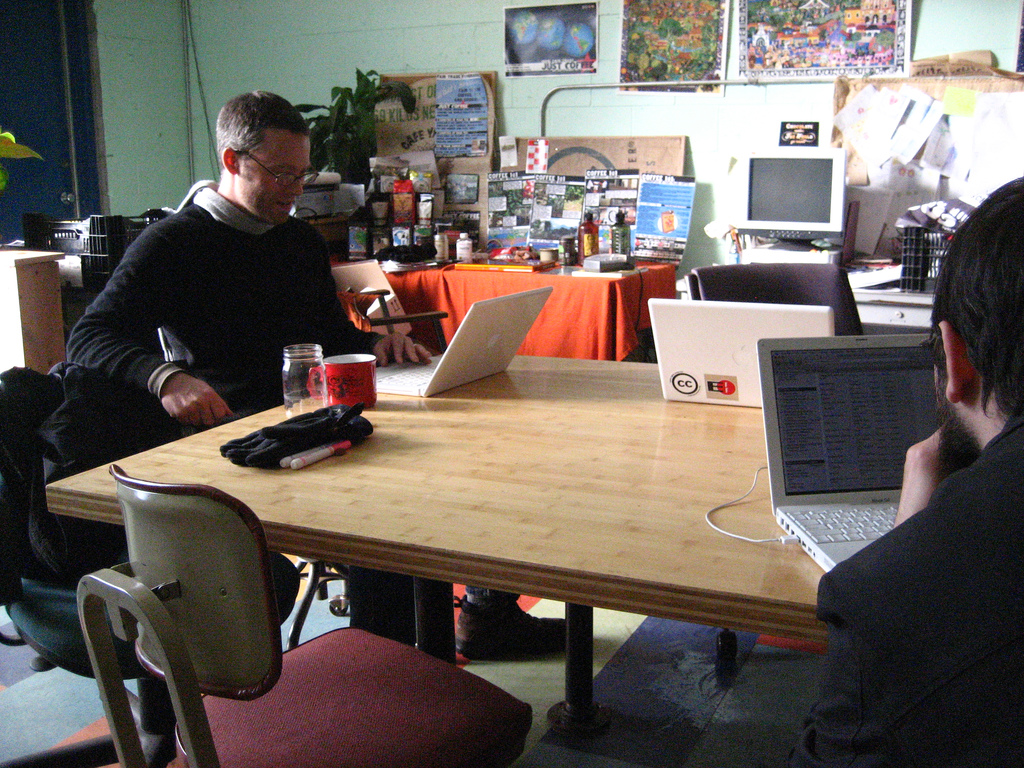
We as designers and artists love to dive into a project. We see the finished product in our minds, but forget one important part – what the client wants.
We still have the client’s best interests in mind, but sometimes we get carried away and need some way to get back on track. Plus, we could use some input from the client from time to time.
The solution might seem scary at first, but open feedback channels provide designers with the perfect way to keep UX design projects on track and ensure the client’s happy every step of the way.
1. Keep Clients In The Loop
The worst thing we can possibly do as a designers is to leave the client out of the project. When we don’t ask for feedback until the project’s finished, the client has no idea of what’s going on. In fact, the client probably thinks we just wave a magic wand at the last minute and poof, a finished design, when we’re actually putting our hearts and souls into every thing we design.
Creating open feedback channels gives clients a way to talk to the designer. Whether it’s asking questions or providing more ideas, it’s valuable for the customer experience and for the project itself.
2. Improve The Design As You Go
We’ve all wished we could tweak the design based on a client’s feedback throughout the project. There’s no rule that says this isn’t possible. It’s actually one of the best ideas ever.
Try open feedback channels, such as beta testing or a survey on which options a client likes best. It’s amazing how much easier it is to get the design right the first time when there’s feedback throughout the entire process.
3. Get Feedback On New Concepts Early
We often leave out great concepts because we’re not sure what the client might think. Get feedback and it’s a no brainer. For instance, try out different layouts with test users the client picks out. See how users respond to different layouts to determine which works best for the client’s needs.
Those ideas we leave out could be the exact things that make the UX design absolutely perfect. Who doesn’t want that?
4. Reduce Major Revisions Later

Quick revisions are easy to do. A complete overhaul is a different story and feels more like a Stephen King novel than something fun to do. Open feedback channels help reduce the chance of major revisions later. Instead of a project being drawn out for months when it has to be started over again and again, all that’s needed are a few changes here and there along the way.
Simply let clients into the creative process just a little and the results save everyone time and money.
5. See How The Client Really Feels
In our minds, our designs are always perfect. It’s not like we would purposely design something we’re not proud of. Using open feedback channels to see how a client really feels at different stages of a project might feel like giving a client access to your personal diary.
Don’t be afraid. We all have to be able to take constructive criticism. Maybe the design outline seems ideal at first, but after the client takes a look, they can explain why it’s not the best solution for their needs. Not only do we get valuable feedback and a deeper understanding of what the client wants, we also avoid creating a drastically wrong design for the client.
6. Create A Personalized Experience

We’re UX designers. It’s our job to create a good user experience. This doesn’t just apply to design projects. It also applies to the customer service throughout a project. Open feedback channels allow designers to customize the client’s experience. Instead of feeling left out in the cold, waiting for a crumb of info on the status of the project, a client stays feels like part of the design team.
When a client chooses to work with a designers, they’re putting the future of their product, service, app or website in our hands. If you were to do the same, wouldn’t you want a way to get regular updates and provide your own feedback during the project? Of course you would! Work on choosing some feedback channels to create better designs and make clients happier.
Images: Timothy Vollmer, Luis Llerena, Daniel Bowman